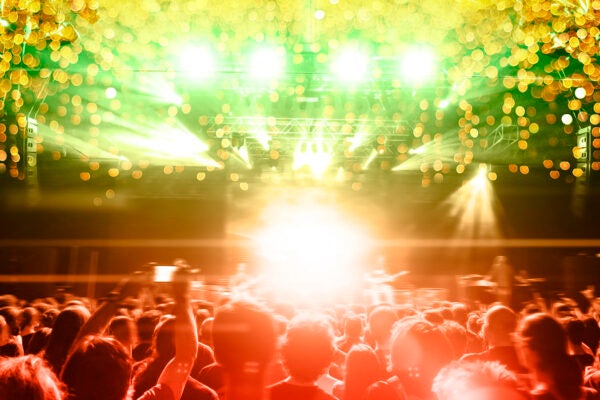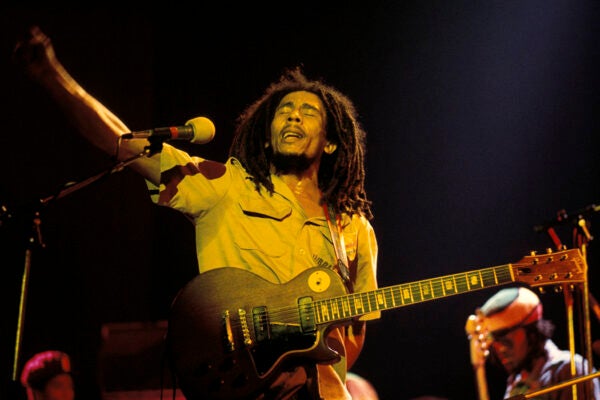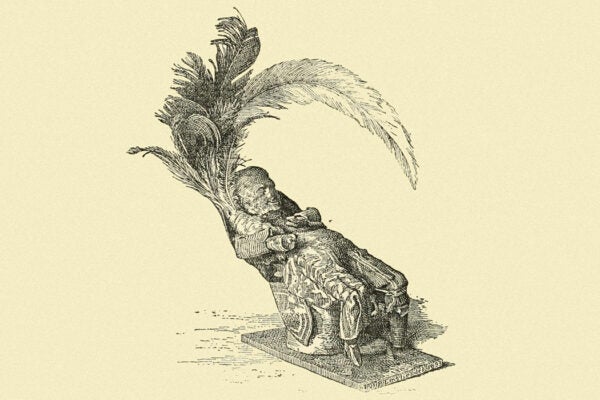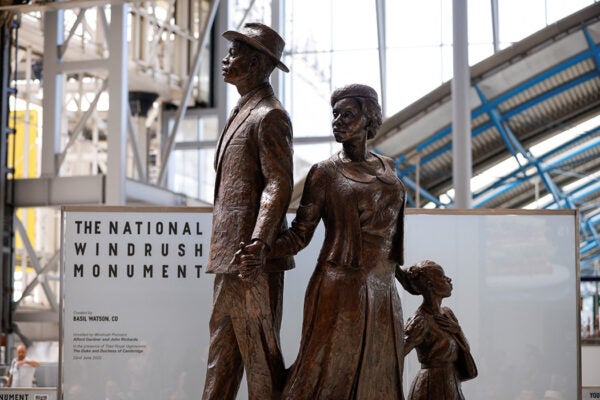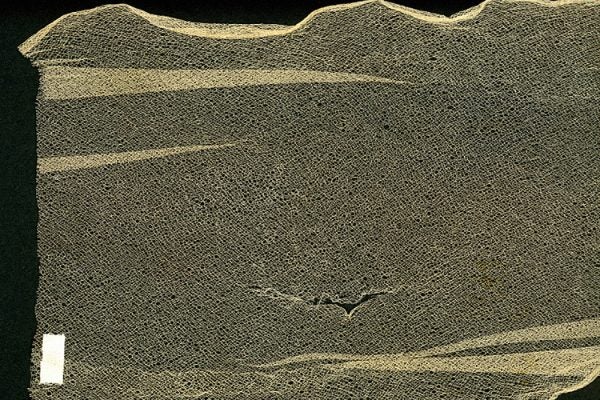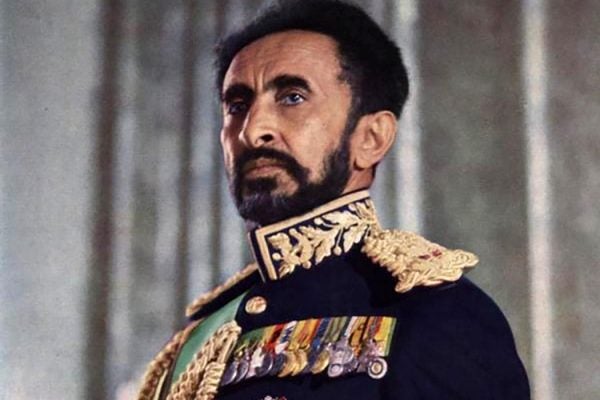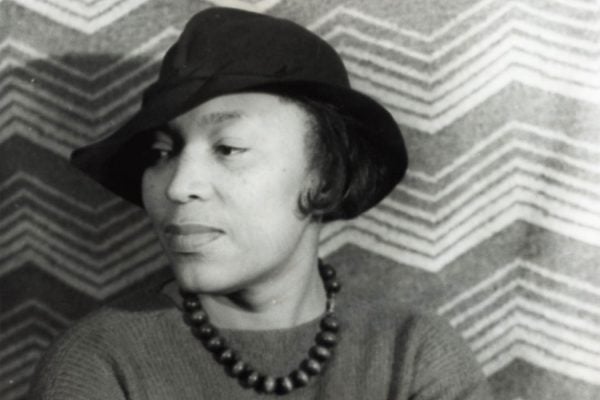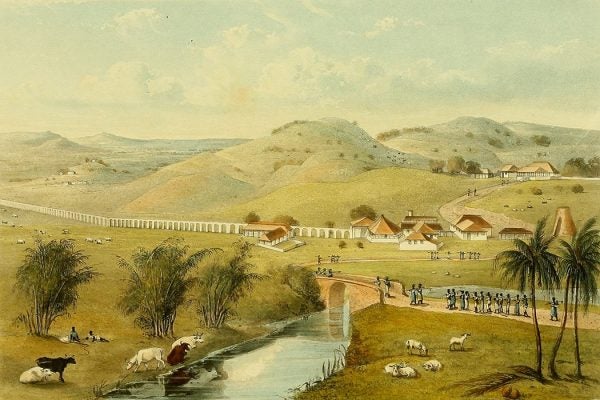Japanese Tourists at the Dancehall
For some young, working-class Japanese men and women, Jamaican reggae clubs offer an escape from cultural norms and a way to gain currency in the music world.
From Jamaica to the World: Contextualizing Bob Marley
Bob Marley’s life and music intersected with Pan-Africanism, the Rastafari movement, and post-colonial politics around the globe.
Poison and Magic in Caribbean Uprisings
Witchcraft and poisoning were closely connected for both West Africans and the Europeans who enslaved them in the eighteenth-century Caribbean.
Windrush Day
There were British African Caribbean immigrants to the UK well before June 22, 1948, but it was the arrival of Empire Windrush that got the media's attention.
Lacebark as a Symbol of Resilience
For the enslaved people of Jamaica, the lacebark tree was a valuable natural resource and a means of asserting one's dignity.
Why a Coup in Ethiopia Created a Faith Crisis in Jamaica
Rastafarians emerged from anti-colonial, anti-racism movements of the 60s, they also looked back toward their African ancestry.
Voodoo and the Work of Zora Neale Hurston
Author Zora Neale Hurston, born on January 7, 1891, is perhaps best known for Their Eyes Were Watching ...
The Obscured History of Jamaica’s Maroon Societies
Maroon societies in Jamaica and the rest of the Americas have survived for hundreds of years.
